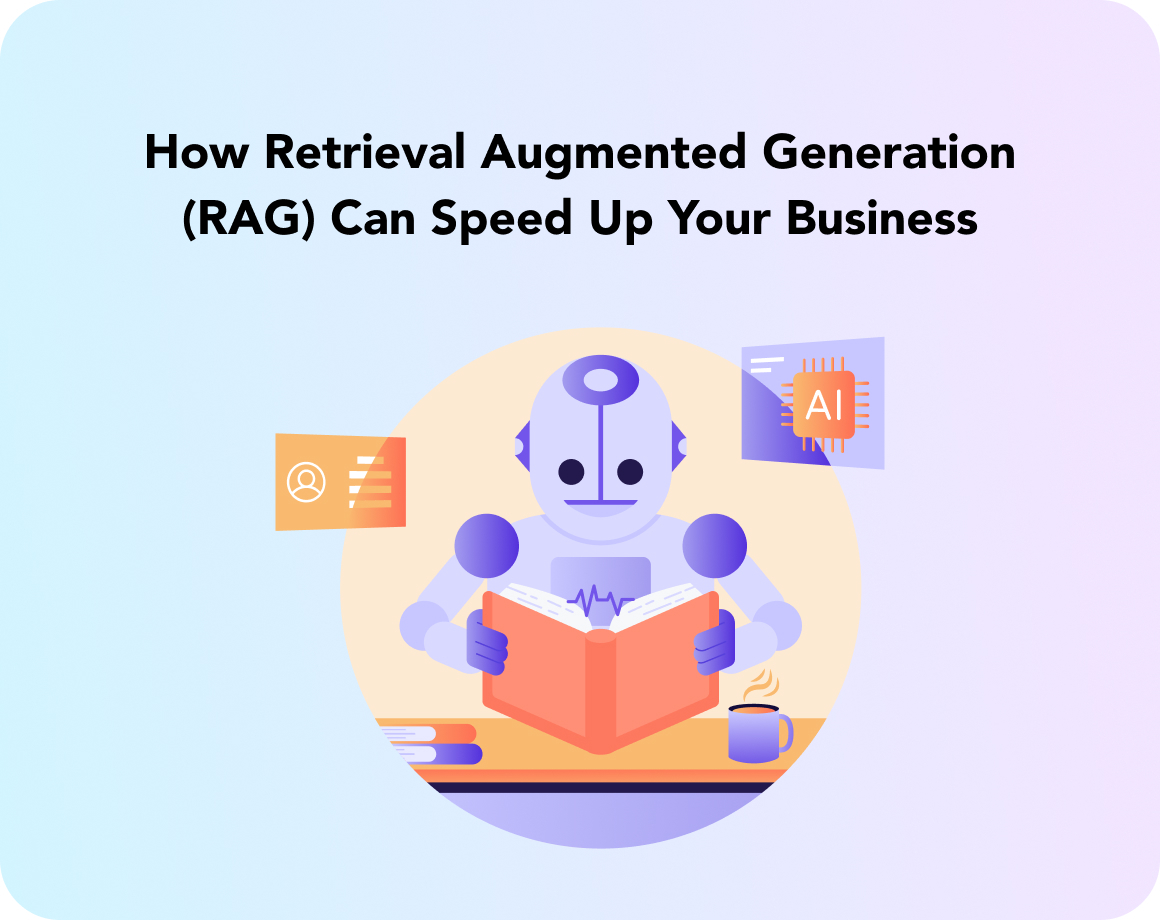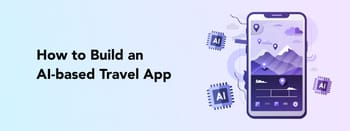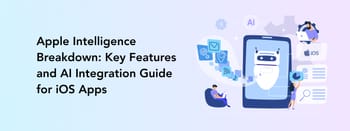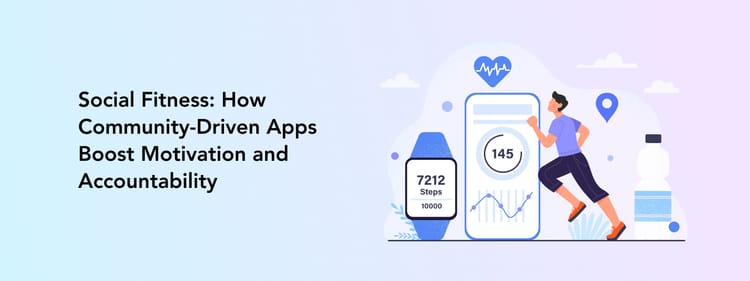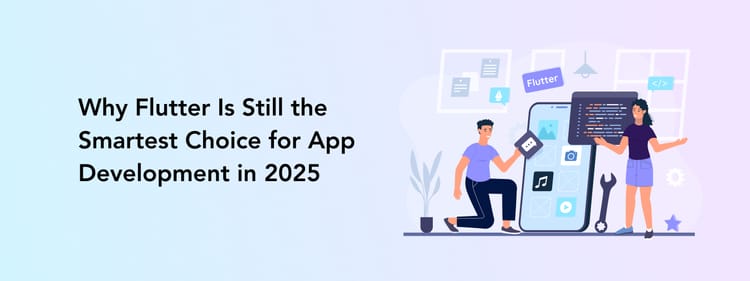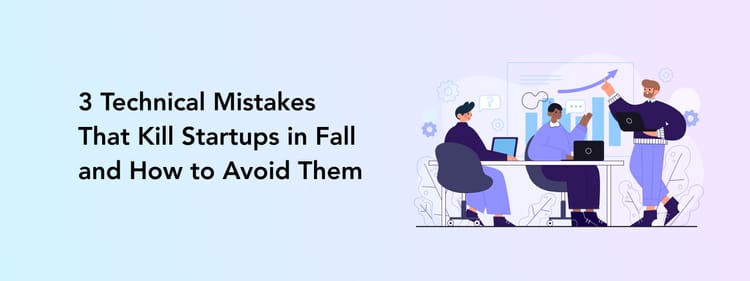What is ChatGPT’s biggest problem? Most people who’ve used it would say it's made-up facts and overall inaccuracy in its responses.
The thing is that ChatGPT will never admit that it doesn’t have an answer for you — it will compose something very far from the truth just to give you an answer. Plus, as users seek more specific information, the rate of hallucinations and errors tends to increase.
The situation is not hopeless, though — a new data retrieval method for AI tools called RAG (Retrieval Augmented Generation) makes the results more accurate and based on factual information taken directly from reputable sources.
So how does it work?
This article discusses what RAG (Retrieval Augmented Generation) is, how it can be integrated into generative AI products, and which benefits it brings to businesses using AI tools.
What Is RAG
RAG stands for Retrieval Augmented Generation. While having not the most gracious name, this method brings significant advantages to generative AI tools.
What is RAG? What RAG does is reference databases or other reliable knowledge sources to help Large Language Models (LLMs) generate output.
Generative AI tools are based on LLMs that produce the text response to the user’s request. There are several problems with LLMs:
- LLMs can offer false information when not having an answer
- LLMs often produce out-of-date or generic replies
- LLMs do not check the resources for their trustworthiness, so the information provided by LLMs can be false or from biased sources
- LLMs can confuse terminology because they use general, not industry-specific sources and do not differentiate between industries and similar terms used across different domains
As a result, the output users get with RAG when asking more specific, domain-based questions is often far from their expectations.
RAG solves this issue by complementing the existing LLM with an extra data set focused on a specific domain. The LLM refers to this database to answer user queries, basing its reply on relevant information found in the database.
Say you need a medical diagnoses chatbot to help patients assess their symptoms. While ChatGPT or a similar tool can already give you pretty good results, a specialized medical dataset with detailed information on symptoms, treatments, and medical conditions from medical sources can significantly enhance accuracy.
Fine-tuning vs RAG
You might have heard about the fine-tuning of an LLM. The goal and process behind RAG and LLM fine-tuning are similar: an extra dataset is added to the main LLM to get more accurate, industry-specific results.
So what’s the difference between RAG and LLM fine-tuning? Shortly, it’s the approach and scale. Fine-tuning an LLM means retraining the very model using an additional dataset. It is more work and a bigger scale of adjustments as a developer has to train the model with new data.
Fine-tuning involves adjusting a model's weights to specialize it for a particular task. This approach creates a highly customized model that performs exceptionally well in its specialized domain. It’s particularly useful for organizations working with specialized languages or unique codebases that aren’t well-represented in the model’s original training data.
RAG, on the other hand, integrates the additional dataset without adjusting the model's weights. Instead, it uses the extra data as a reference point, allowing the model to draw information directly from it during query processing.
RAG for business is most useful when your LLM needs to base its responses on large amounts of updated and specifically contextual data. For example:
- Chatbots: RAG chatbots can access information from instruction guides, technical manuals, and other documents to provide context-aware answers.
- Education: RAG enhances the educational experience by offering students access to answers and context-specific explanations based on topic-specific study materials.
- Legal: RAG tools streamline document reviews and legal research by drawing on the most recent legal precedents.
- Healthcare: RAG integrates up-to-date medical data and clinical guidelines to help doctors diagnose and treat patients more accurately.
- Translation: RAG augments language translations by enabling LLMs to understand text context and integrate terminology from internal data sources.
LLM fine-tuning is particularly effective when an existing LLM needs to be augmented for a specific use case, such as:
- Personalized content recommendation: Fine-tuning an LLM helps analyze and understand each customer’s unique preferences and needs.
- Named-Entity Recognition (NER): Fine-tuning enables an LLM to recognize specialized entities or terminologies, such as legal or medical terms.
- Sentiment analysis: Fine-tuning enhances an LLM's ability to interpret covert user intentions in the text, such as attitude, emotion, and humor improving its understanding of tone and intonation.
Overall, RAG is more suitable for industry-specific, domain-based solutions, both corporate and commercial.
Why Use RAG for Business
Being able to add any information you think can come in handy for an AI system sounds amazing: you can pull in up-to-date information from internal documents, databases, and external resources, ensuring that your AI provides responses that are accurate and highly relevant to your business needs.
Let’s discover some of the RAG AI benefits and applications for business.
Up-to-date and accurate information
RAG for business allows you to connect various databases based on your domain, including external news resources, medical references, and law codes, as well as internal sources like financial reports, company guides, and policies. This ensures results are relevant to a specific company's needs, whether for employees or clients.
In fast-moving industries like tech, using outdated data can lead to incorrect recommendations. The information from the chatbot can become irrelevant as quickly as a year or even a few months.
For example, imagine you created a chatbot for your developers to write code faster and with fewer mistakes. Advice about an older version of an operating system won't be applicable to the latest release because the new OS version might have new features and require new coding skills. Similarly, say, financial strategies from last year might not be relevant in the current economic climate.
Context-awareness and customization
Retrieval Augmented Generation for AI helps produce results tailored to a specific domain by using relevant databases instead of generic, all-encompassing information.
For instance, the term "API" can mean different things in software development (Application Programming Interface) and in the pharmaceutical industry (Active Pharmaceutical Ingredient). By using industry-specific databases, RAG eliminates confusion and delivers precise, context-aware information. This ensures that AI generates accurate results for a particular business.
Tone and style appropriateness for users
RAG AI can adjust its tone and style based on the audience, whether it's B2B clients, employees using specialized terminology, or symptom-checker chatbot users who describe symptoms in simple terms. This adaptability ensures that responses are understandable and relatable to the user’s background knowledge of the topic.
For example, a chatbot can provide medical advice in layman's terms to patients while using technical language for healthcare professionals. Additionally, by directly quoting sources, RAG enhances the credibility of its answers, making users more confident in the information provided.
Improved business operations
RAG for LLMs improves business operations by streamlining processes and increasing efficiency. It can help with content creation, scaling operations, and ensuring AI-generated content is both accurate and current. For example, a legal firm can use RAG for its AI tool to stay updated on the latest case laws, which helps in drafting precise legal documents and reducing research time.
Content creation scalability
Let's be honest; it is often easy to tell that a LinkedIn post is written by ChatGPT. With Retrieval Augmented Generation, businesses can create a database containing the company's social media communication, guides, and all relevant information about the company. This allows the AI to generate personalized content with a unique style and precise information, making it indistinguishable from human-written content.
For example, a company can use RAG to generate LinkedIn posts that reflect the company's voice and style while providing accurate and relevant information, enhancing engagement and brand consistency.
Better AI security
With RAG, developers can test and improve chat applications more efficiently. They can control and update the AI's information sources to adapt to changing requirements or cross-functional usage. Developers can restrict sensitive information retrieval based on authorization levels, ensuring appropriate responses.
Additionally, they can troubleshoot and fix issues if the AI references incorrect information sources. RAG encourages the AI to generate responses consistent with retrieved factual information, promoting factual consistency and reducing the likelihood of generating false or misleading information.
Low-cost AI tailoring
Setting up RAG with an existing API like GPT is more cost-effective than fine-tuning an AI or building one from scratch. This approach uses existing models and enhances them with specific data sources, avoiding extensive retraining. This saves time and reduces costs, making it a practical choice for businesses looking to leverage AI technology.
RAG is a great investment for companies looking to use AI in more effective and business-centered ways. Instead of getting generic responses that are no different from any other AI model, RAG delivers outputs directly relevant to the company's specific needs and industry context. Whether it's for updating financial strategies, developing new software, or creating personalized content, Retrieval Augmented Generation provides a significant edge by making AI smarter and more aligned with business goals.
How to Set Up RAG
Let’s get to the practical part of the question: How do you actually set up RAG for your chosen AI tool? It's time to get into details.
RAG systems use semantic search to retrieve relevant documents from various sources. These sources can be embedding-based retrieval systems, traditional databases, or search engines. The retrieved snippets are formatted into the model’s prompt, enhancing the contextual relevance of the generated responses.
An important element of RAG AI is vector databases. They store embeddings of the data you uploaded, like documentation or customer support chat history, optimizing the search for similar vectors. Here’s a step-by-step breakdown of how RAG interacts with vector databases in the example of a customer support chatbot:
- Creating embeddings: Algorithms create embeddings for your customer support data (e.g., past support tickets) while you manage your support system. These embeddings are stored in a vector database.
- Searching embeddings: The AI tool searches the vector database for embeddings similar to the current support query, finding relevant snippets from past support tickets.
- Generating suggestions: The AI tool uses these snippets to generate contextually relevant responses, enhancing the efficiency and accuracy of customer support interactions.
Embedding similarity helps identify support tickets with subtle relationships to the current query, improving the relevance of generated responses.
In addition to vector databases, RAG can retrieve information from general text searches and search engines. Here’s how it works:
- Indexing documents: Documents are indexed ahead of time, meaning they are organized and made searchable for quick retrieval. This includes files from an indexed repository and documents across multiple repositories.
- External and internal search engines: RAG can integrate with external search engines (e.g., Google) to retrieve web information and internal search engines to access organization-specific data. This dual integration allows RAG to provide comprehensive and relevant responses.
For example, an AI tool might use an external search engine to find the latest technology updates and an internal search engine to access private codebase information, ensuring accurate and up-to-date responses.
This is how you can set up RAG for your AI tool:
- Loading data: Load data from various sources, such as text files, PDFs, websites, databases, or APIs, into your pipeline.
- Indexing data: Create a data structure for querying data. This involves generating vector embeddings and other metadata to describe your information to facilitate accurate and efficient data retrieval.
- Storing data: Store your indexed data and metadata to avoid re-indexing and ensure quick access during queries.
- Querying data: Use different strategies to query your indexed data, including sub-queries, multi-step queries, and hybrid strategies.
- Evaluating responses: Regularly evaluate the effectiveness of your pipeline, ensuring responses are accurate, relevant, and fast.
Of course, you don't have to do everything by yourself. A reliable software development partner should take this load off your shoulders and leave you just stating your preference and indicating the sources for databases. A developer will build a chatbot or similar AI tool using the RAG to make a solution that is precise for your company.
Consider Perpetio Your Trusted Partner
At Perpetio, we specialize in both fine-tuning LLMs and integrating RAG into AI tools, like the GPT API. Our holistic approach to development takes your business specifics into account, ensuring we create AI solutions tailored to your unique needs. With Perpetio, you get more than just generic solutions; you get AI that works specifically for your business.
Write to us about your AI project and get a free cost estimate.
